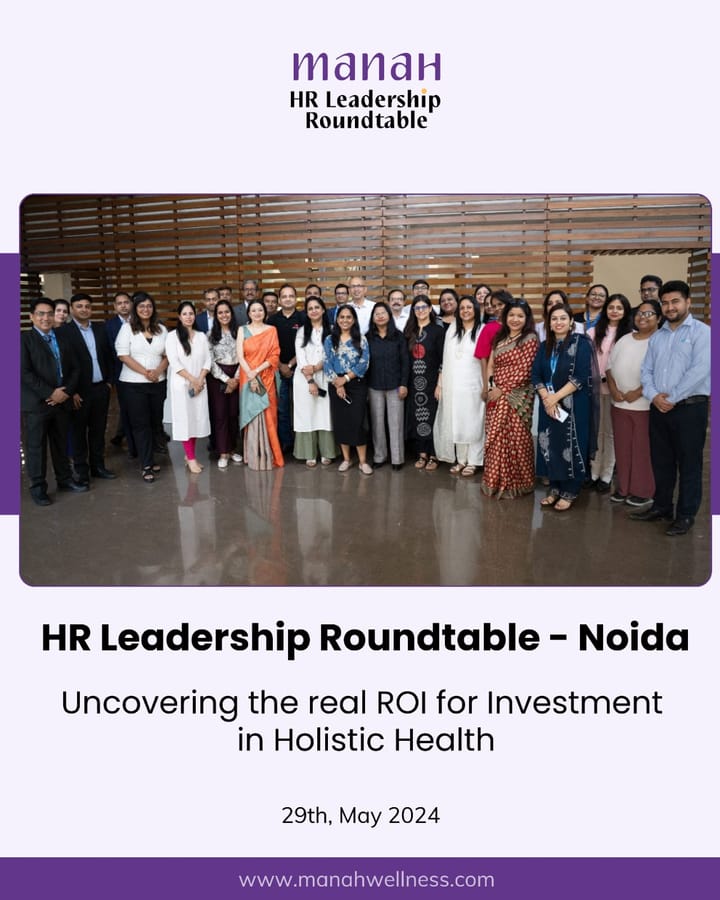Fostering innovation through psychological safety in the workplace!

Creating an environment where risk-taking naturally occurs, where your team feels safe to speak up and challenge the status quo isn't just good practice, it's a game-changer for business success. McKinsey's research reveals a striking insight that employees in psychologically safe workplaces are 3.5 times more likely to reach their full innovative potential. Whether you're leading a startup or managing teams in a large organization, understanding how to build and maintain psychological safety could be the key to unprecedented creativity and productivity in your workforce. Let's dive into proven strategies to transform your workplace into a psychologically safe place.
Understanding psychological safety in the modern workplace
Psychological safety is more than just a comfortable work environment. It's a shared belief that your team can take interpersonal risks without facing negative consequences. According to Google's Project Aristotle, which studied 180+ teams over two years, psychological safety emerged as the most crucial factor in team effectiveness, surpassing all other dynamics including dependability and structure.
In your workplace, psychological safety manifests when your employees feel confident to:
- Voice concerns without fear of retaliation
- Share creative ideas, even if they seem unconventional
- Admit mistakes and learn from them openly
- Challenge existing processes constructively
- Ask questions when they're uncertain
This foundation of trust and openness creates an environment where innovation naturally emerges from daily interactions and collaborative efforts.
Building team creativity through workplace psychological safety
When your team operates in a psychologically safe environment, their potential unlocks remarkably. A study by Gallup found that teams with high psychological safety were 41% more likely to exceed productivity expectations.
Here's how psychological safety enables your teams to thrive:
- Enhanced problem-solving: When team members feel safe to voice concerns, they identify and solve problems faster, leading to innovative solutions.
- Increased knowledge sharing: Teams freely share experiences and expertise, creating a rich learning environment where everyone grows together.
- Stronger collaboration: Cross-functional teamwork becomes natural as barriers break down and diverse perspectives are actively sought.
- Risk-taking mindset: Teams embrace calculated risks and view failures as learning opportunities rather than setbacks.
This environment transforms innovation from a forced initiative into a natural part of your daily culture.
Barriers to building a safe workplace culture
In the journey to build psychological safety, you'll likely encounter several common obstacles. Traditional hierarchical structures often create invisible barriers where your team members feel hesitant to speak up to leadership. Remote work environments can amplify these challenges - as remote workers struggle with collaboration and communication.
Your workplace might face:
- Fear-based management styles that inadvertently suppress creativity
- Rapid business cycles that prioritize quick results over thoughtful innovation
- Unconscious biases affecting how different team members' ideas are received
- Communication gaps between departments
- Performance metrics that don't account for learning from failures
Understanding these barriers is your first step toward dismantling them.
Strategic steps to foster innovation through psychological safety
To transform your workplace into a psychologically safe innovation hub, implement these proven strategies:
Start with leadership modeling:
- Openly share your own mistakes and learning experiences, explaining what you took away from each situation
- Demonstrate curiosity by asking questions and seeking feedback from all levels
- Respond to new ideas with genuine interest and constructive dialogue
Establish clear processes:
- Create structured formats for idea sharing, including regular brainstorming sessions
- Implement regular innovation time, where teams can explore new concepts
- Set up anonymous feedback channels for sensitive concerns
- Define how failure will be handled and learned from, documenting key lessons
Build trust through actions:
- Recognize and celebrate both successful and unsuccessful innovation attempts
- Include team members in decision-making processes from planning through implementation
- Provide resources and time for experimentation
- Create cross-functional teams to break down silos and encourage diverse perspectives
Measure and adapt:
- Regularly assess psychological safety through team surveys and conversations
- Track innovation metrics beyond just successful outcomes
- Adjust approaches based on team feedback and results
- Document and share success stories to reinforce the value of safe innovation
Fostering innovation through team empowerment
When you empower your teams within a psychologically safe environment, innovation becomes organic. Start by delegating meaningful decision-making authority to your teams. Encourage calculated risk-taking by establishing an "innovation budget" where teams can experiment without fear of resource waste.
Create regular opportunities for:
- Cross-pollination of ideas between departments
- Skill-sharing sessions led by team members
- Innovation sprints where normal rules can be suspended
- Peer mentoring programs that build trust
- Collaborative problem-solving sessions
Remember, empowerment isn't about removing all constraints, it's about creating clear boundaries within which your teams can innovate freely and confidently.
Conclusion
While the journey to psychological safety requires patience, consistent leadership modeling, and a genuine commitment to change, the transformation is profound. Teams that feel secure in expressing their ideas, sharing concerns, and learning from failures naturally evolve into innovation powerhouses. This cultural shift doesn't just enhance creativity and problem-solving, it builds the foundation for a resilient organization that can adapt, grow, and thrive in an ever-changing business landscape. In today's competitive environment, psychological safety isn't just a nice-to-have—it's the key to unlocking unprecedented organizational excellence.
Manah offers many programs that increase the psychological safety of employees. It includes EAP programs, programs like Manahverse that support the time and pace of employees, and virtual assistant for 24*7 services.
FAQs
How quickly can I expect to see results from implementing psychological safety practices?
While small changes in team dynamics can show results within weeks, building deep psychological safety typically takes 6-12 months of consistent effort. Teams may notice increased participation and openness early on, but establishing lasting trust requires sustained leadership commitment.
What's the first step in building psychological safety?
Start with leadership modeling vulnerability and openness to feedback. Leaders should openly share their mistakes, seek input from team members, and demonstrate that constructive criticism is valued and welcomed.



